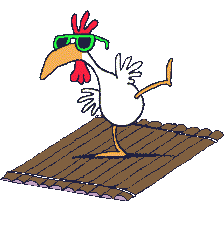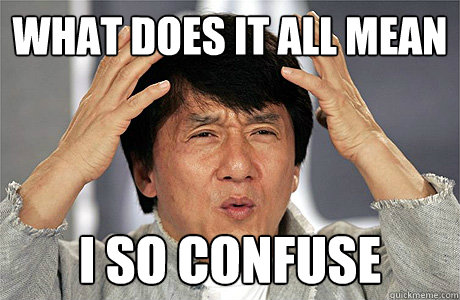Many of you who are aspiring teachers may or may not agree with this and there are some out there that are currently teachers that may not also agree with this, but this is what I've come to realize and I'll tell you why. The last two years in the UVU Elementary Education program has been hard, but it has stretched me to grow more into the teacher that I want to become. As I've gone through all of my classes I realize that most of the things I thought about teaching were out in left field. I, like many, even Tomlinson, have thought if we care enough for our students we will be able to teach them and inspire them to want to become life long learners. Although that is part of inspiring, it's not the only things that will help us become great teachers. The classes at UVU have taught me to begin with the end in mind and really take a good hard look at what I want my students to know. There are things that I will have to teach them from the common core but even within the core it's a lot of information to cover and not all students will be able to learn everything because they will be coming into my classroom on different levels in different subject areas.

Being at UVU has taught me that I need to find ways to teach my students that will keep them engaged and even give lessons where the students themselves discover the topic we are discussing. I've been so used to having people tell me what to do and how to do it that learning how to teach in my own way was hard work and still is on some subjects. UVU has provided me with an opportunity during my education to grow and love learning more than I ever thought I could. I feel like most of my experience has been differentiated by process, readiness, and interest within the program because we were able to choose what lessons we wanted to write a lesson plan for. Most of us have had some experience in a classroom and that's where our readiness is differentiated because for some there were assignments that weren't as difficult to perform. There have always been key elements within our assignments and everyone has the same assignment to turn in for a grade, but getting there has been a great discovery for me and hopefully my colleagues.
I feel like this class has helped me the most because it has helped me recognize that there are tools around me and hallmarks that embody a wonderful, differentiation oriented teacher. This class has taught me more about empowering my students by validating them for who they are and starting from that entry point. It has taught me the importance of the word succeed. Succeeding is when you are able to reach the unreachable child that other teachers haven't been able to reach because you were willing to go the extra mile and really meet them at their level. You didn't expect them to start with the rest of the class, you wanted them to grow in THEIR best way. I love how Dr. P. said at the beginning if you can help each of your students progress a whole level from where they came into your classroom then you have succeeded at reaching your students. Also I have learned that there are so many subjects you can differentiate for if you're willing to put in the work as the teacher. It may seem a lot easier to just give everyone the same assignment so that you can grade it, but are you really seeing what Johnny can do? Have you seen how well Sally does when she fully puts her passion into drawing? Now they may not seem important to you, but to those students that is their world. It's what's driving them forward and if we as teachers take that away or diminish how unimportant those activities are then our students will never grow, they will just shut down. So many
times in Tomlinson's book I read how important it is to know who your students are because you're not just teaching subjects, you're teaching human beings that have real feelings, passions, strengths, weaknesses etc. Stop and think if you were treated like you have been treating your students how would you feel in that particular classroom? Would you feel like you're being validated for who you are? Would you feel like the teacher truly cares about you as an individual? Would you feel as though that teacher wants you to succeed for you? These thoughts do go through our students' heads. Please challenge them with individual, differentiated work that fits their personality. Sure, it takes a little more work, but let's face it, you took this job knowing that there was going to be some work involved. To be a differentiated teacher you must take into account who and what you're teaching and really make an effort to help your students realize how smart they really are with the knowledge that they already have and can build on. It's also important to have all students cheering each other on in all aspects of life and really growing together as a community. Please allow the students to share the classroom with you, you'll find they are much more willing to be accountable and responsible for their actions when they feel apart of something bigger than themselves.
Teaching is hard work, I won't lie, but it's the kind of hard work that stretches you to really focus on what kind of teacher you want to be and how you want to help those students who walk through your classroom door. Tomlinson said: "The more willing we are to take the risks, the better the lives of our students are likely to become and the greater the fulfillment we are likely to feel at the ed of the day.

.jpg)
















